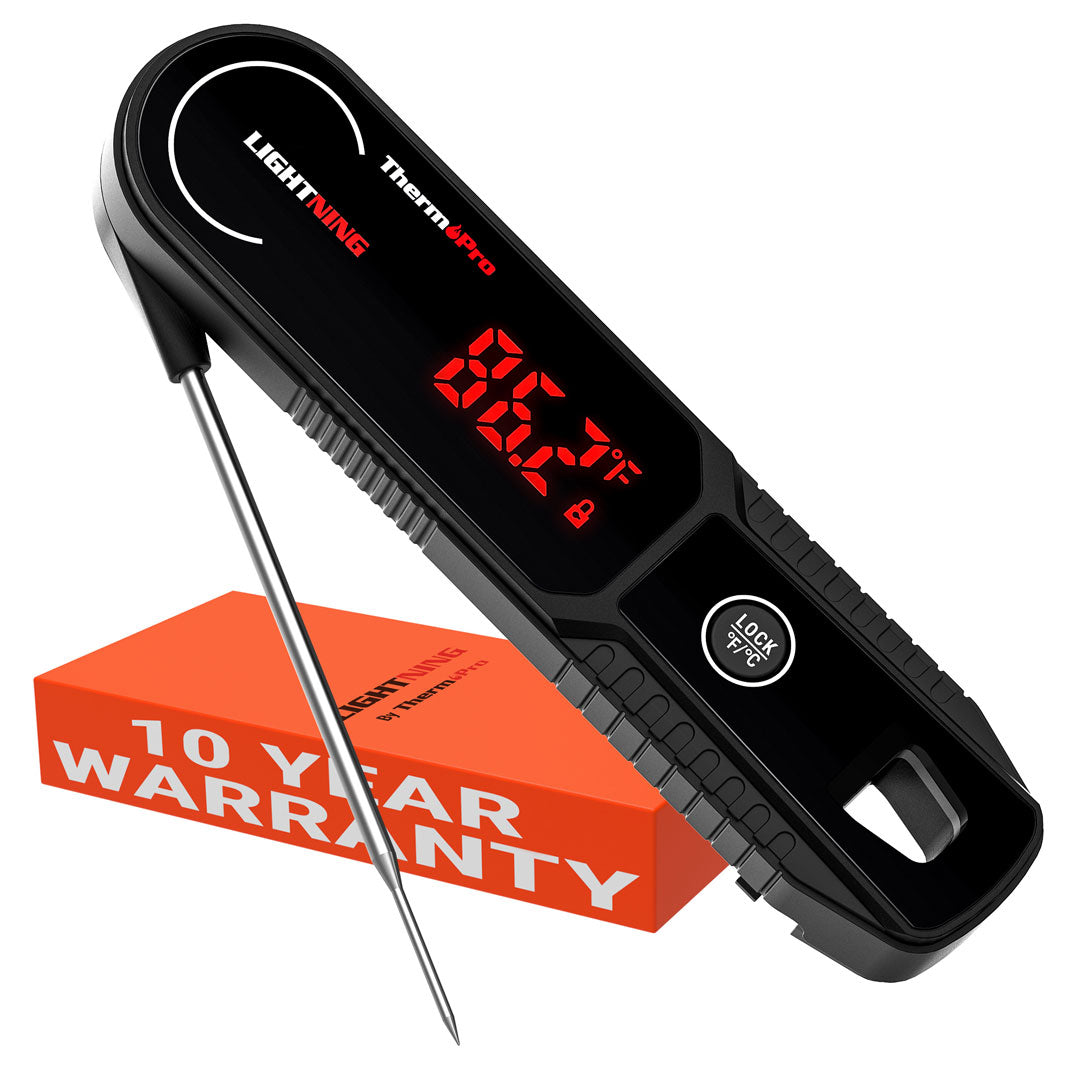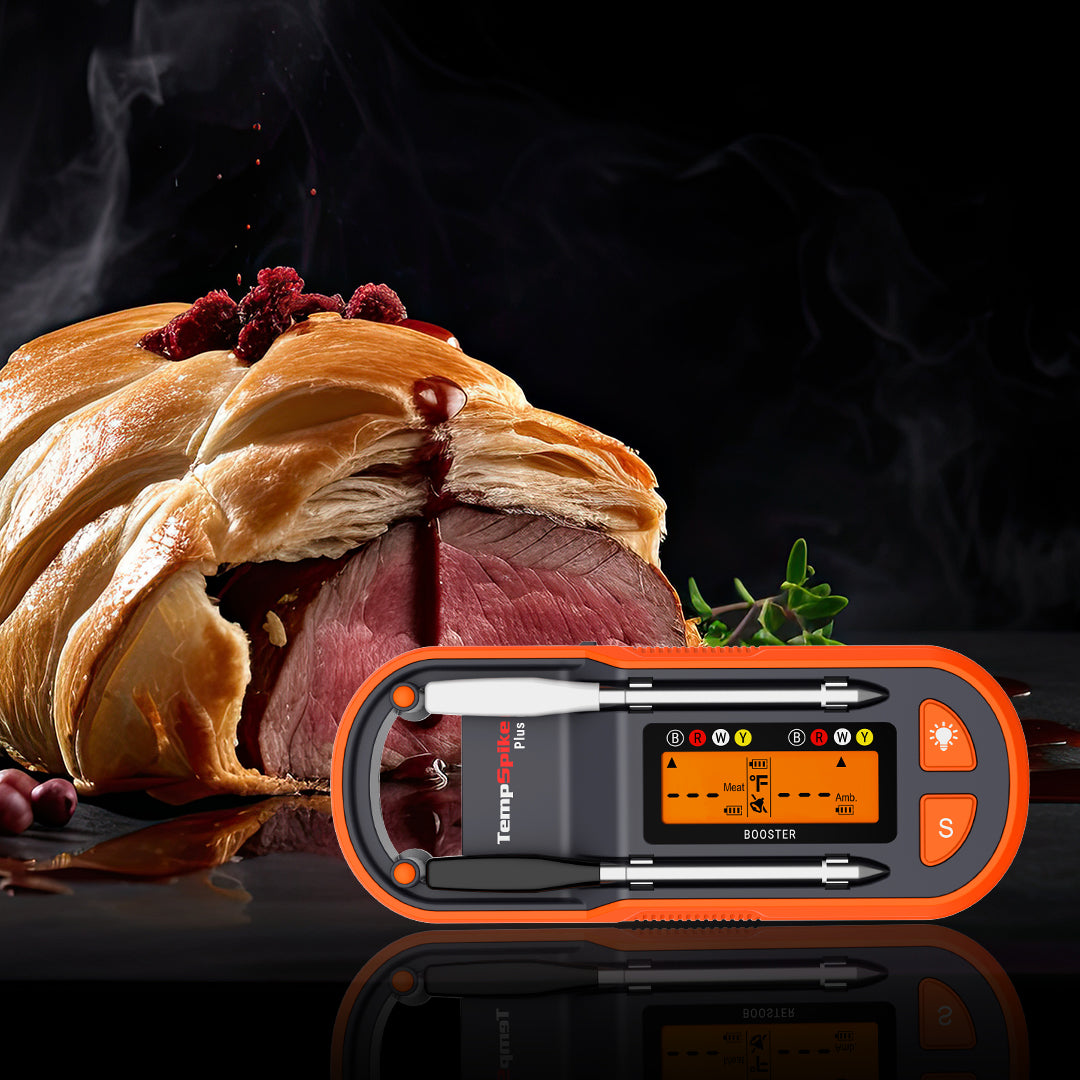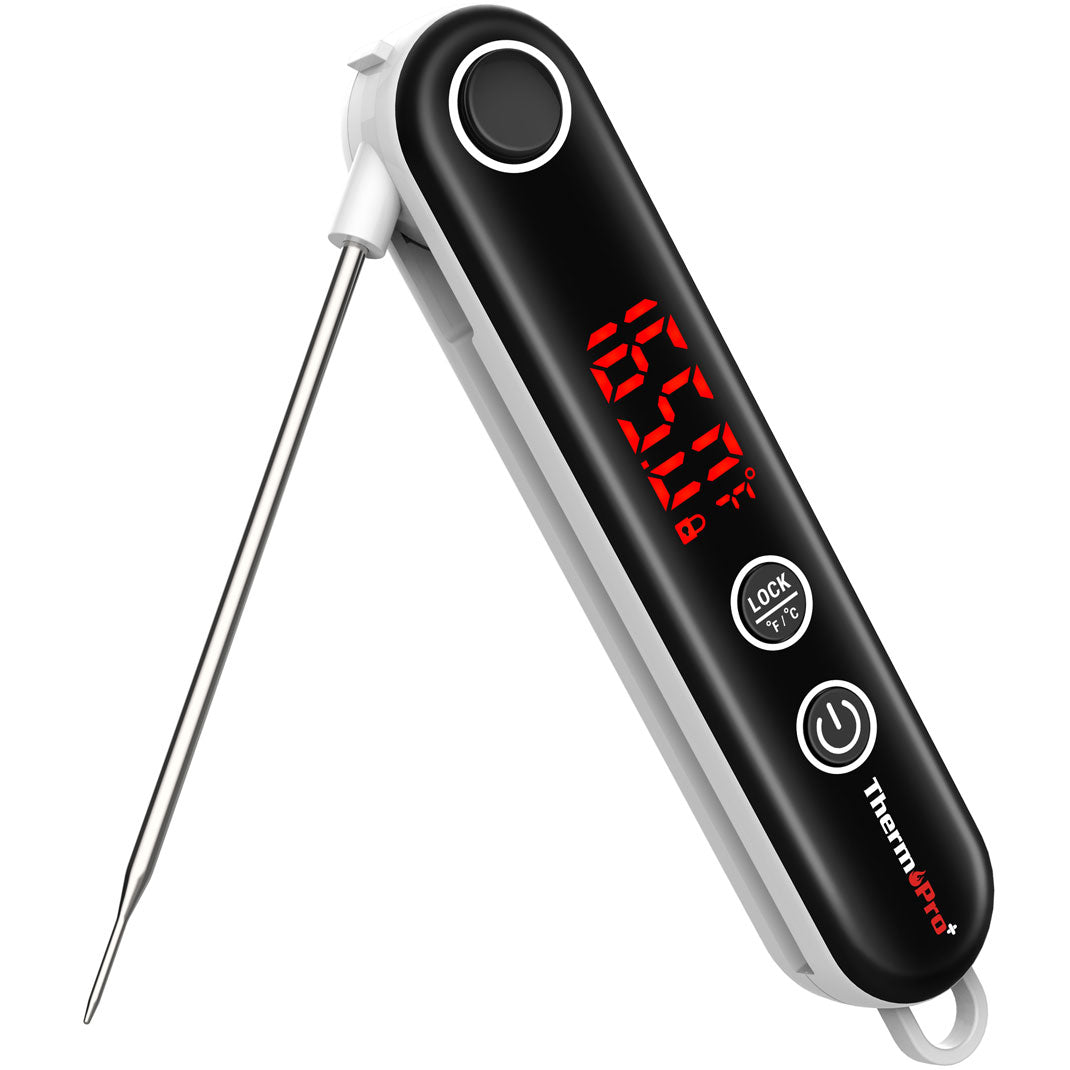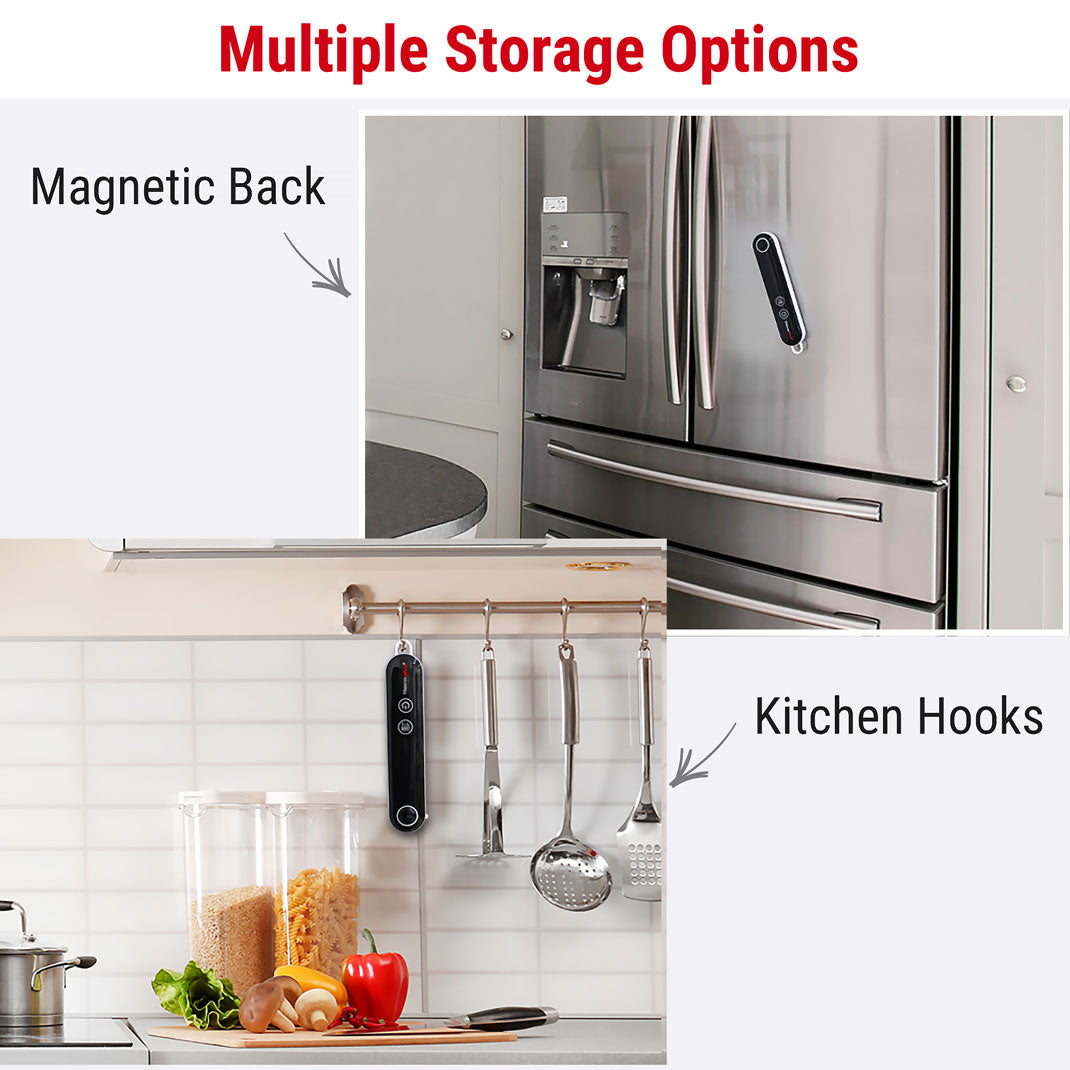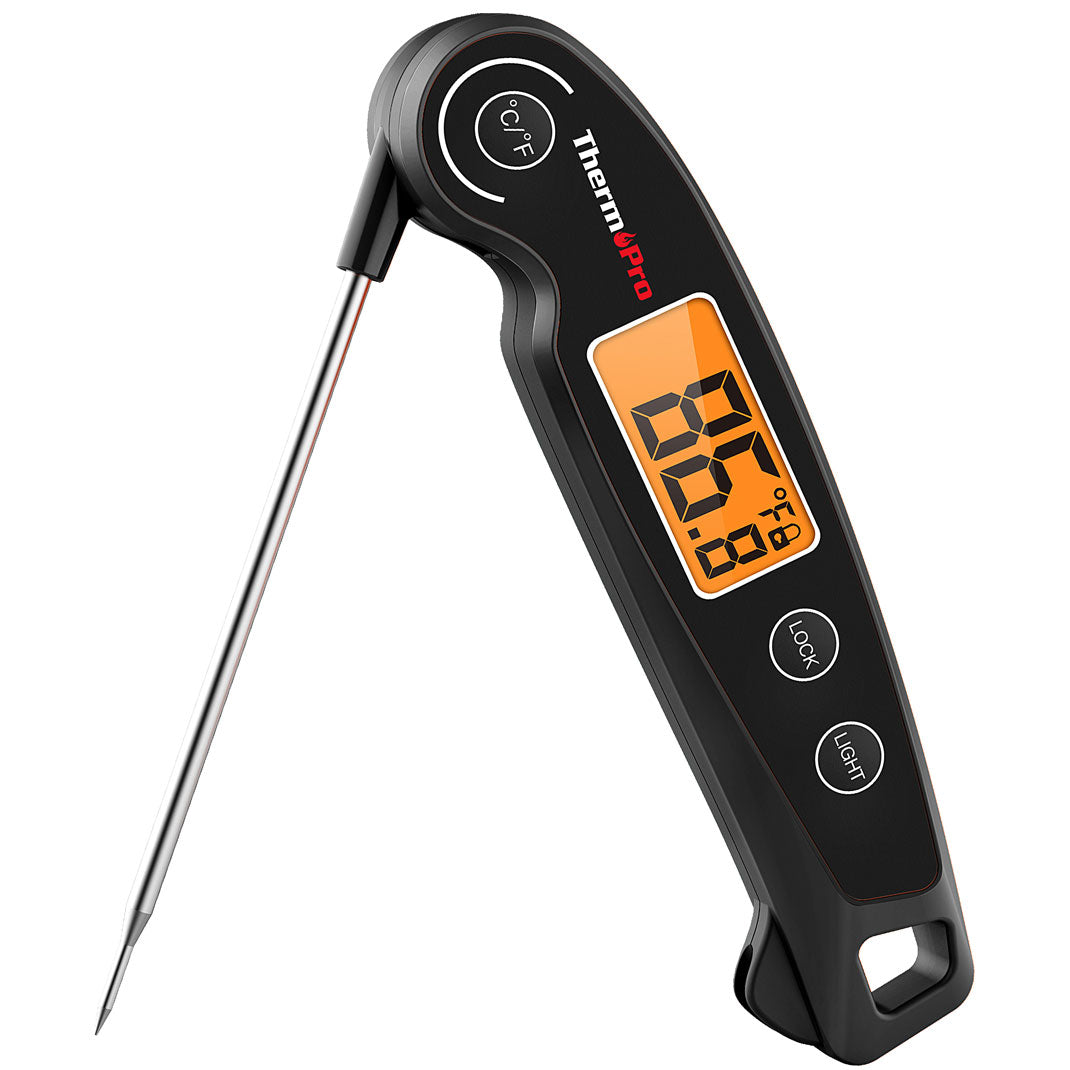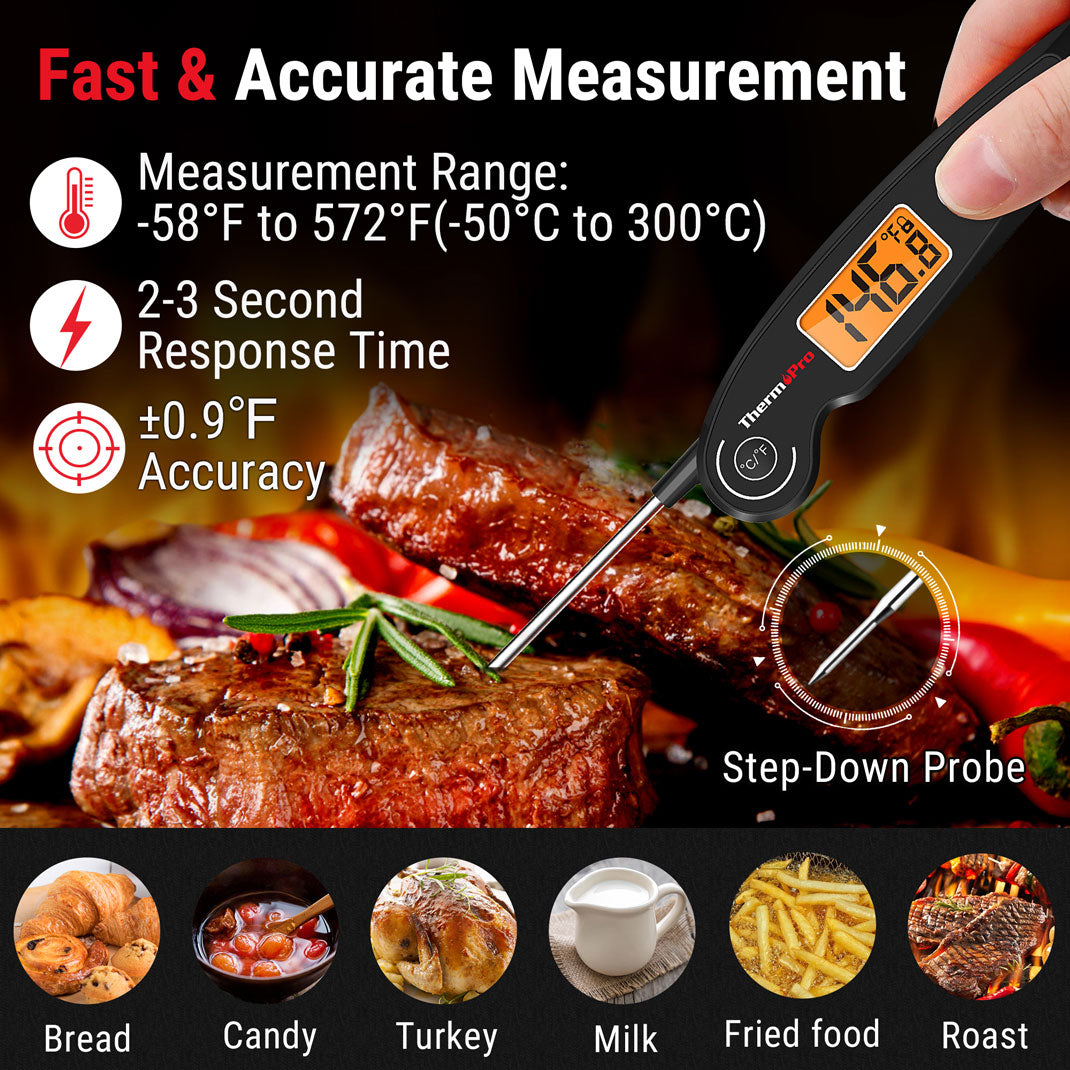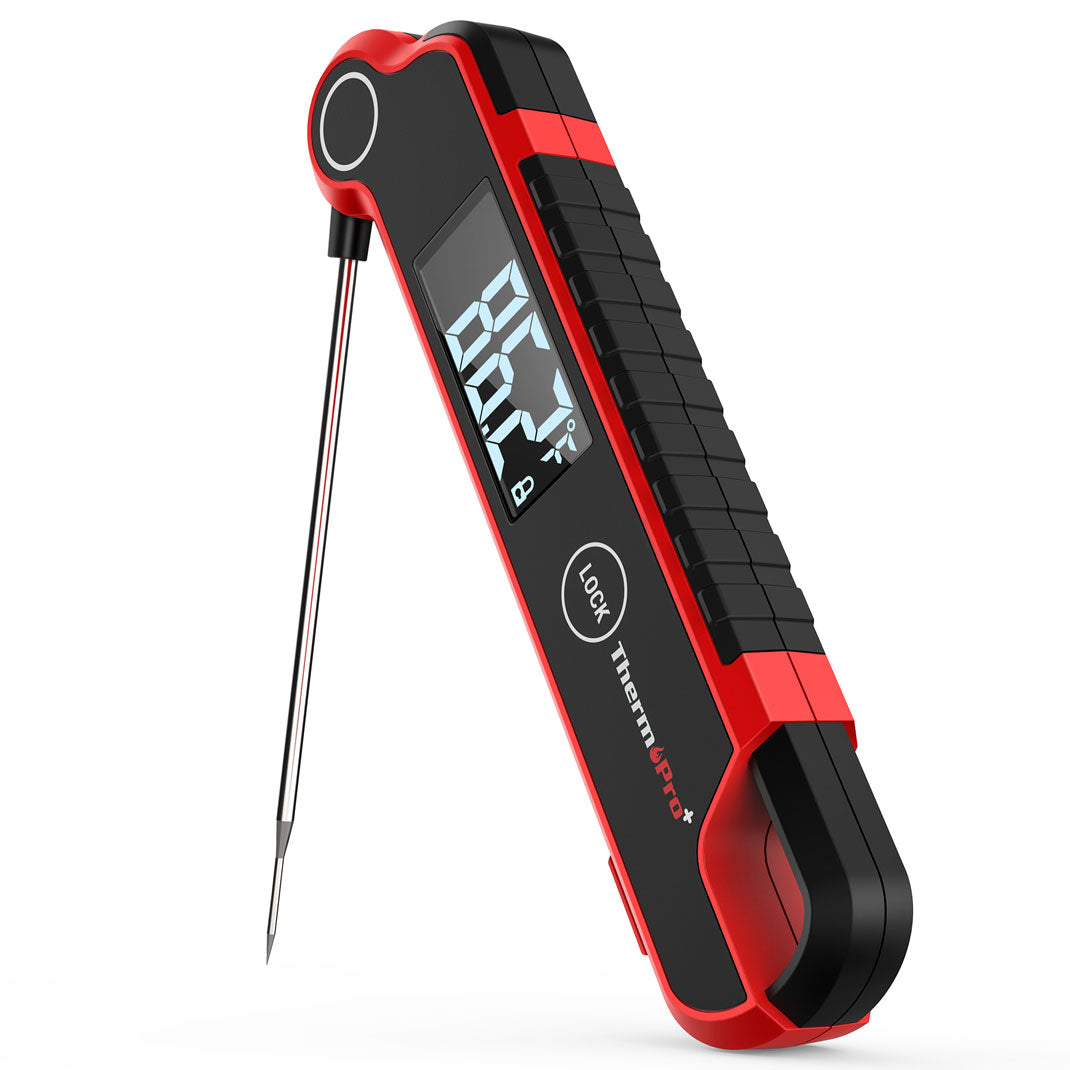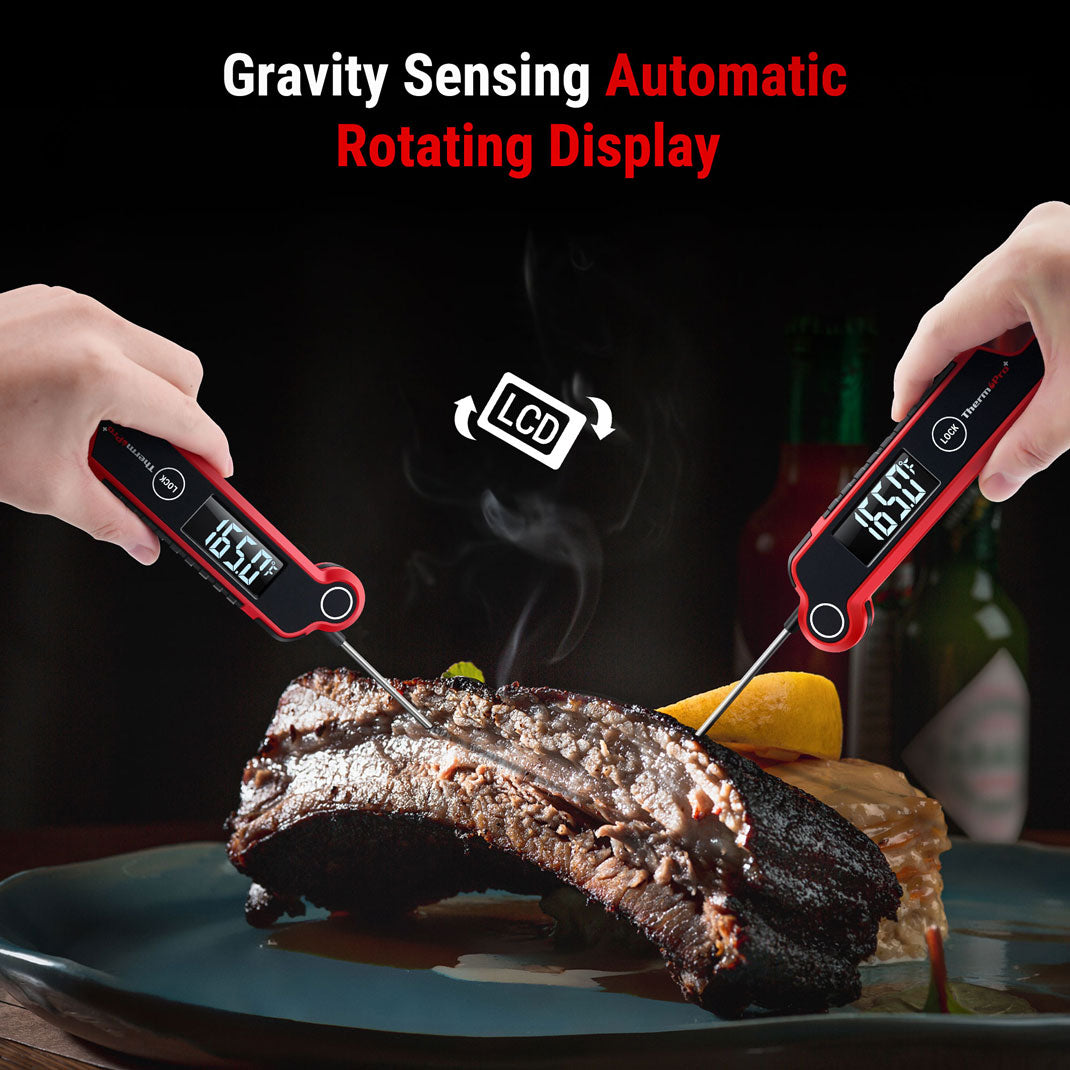Chicken Food Safety Temperature: How to Cook Chicken Safely






 288 Comments
288 Comments
Cooking chicken isn’t about making it look golden and crispy on the outside, it’s a bit of a balancing act. You want it juicy and flavorful, but you need to make sure it’s cooked safely. Whether you are grilling chicken wings, roasting a whole bird, or simply sautéing some chicken breasts, getting the chicken food safety temperature right is everything.
Hitting the safe internal cooking temperature for chicken is the secret key to locking in all those delicious flavors while ensuring harmful bacteria like salmonella don’t stand a chance. If you know your way around the safe cooking temp for chicken, you are not just cooking for taste, you are cooking with peace of mind. Nobody wants to be wondering if their meal is undercooked halfway through dinner!
In this blog post, we will explain everything that you should know. This includes understanding the recommended safe cooking temperature for different parts of chicken to knowing why using a chicken thermometer is a must. Seriously, it’s a game-changer. We will also talk about why chicken temperature is recommended by the USDA and how it can affect your cooking process.
Speaking of chicken thermometers, let us talk about the ThermoPro Lightning One-Second Instant Read Meat Thermometer. This little tool is a total lifesaver. With super quick, accurate readings, it helps you nail that safe temps for chicken every single time. We will show you why it’s a must-have if you always want perfectly cooked chicken.
USDA-Recommended Safe Temperature for Chicken
So, what’s the golden rule for chicken? According to the USDA, the safe internal temperature for chicken is 165℉ (74°C). This is where the complete chicken, wings, thighs, or breasts should all go. Once your chicken hits the target, any bacteria like salmonella and campylobacter are completely wiped out. It doesn’t matter if you are roasting, frying, or grilling, 165℉ is your golden rule.
Here’s why it matters: Even if your chicken looks all the golden and crispy you were hoping for, the inside could still be undercooked. Therefore, using a chicken thermometer is the way to go. It removes all the guesswork and ensures your chicken is well-cooked and healthy to eat.

Different Chicken Cuts and Their Safe Temperatures
Not all chicken is equally cut. Different parts of the chicken, breast, thighs, wings, or drumsticks, all vary in thickness and fat content, meaning they also reach safe cooking temperatures at different rates. The bottom line, they all need to hit 165℉ internally for safety.
- Chicken Breasts: These cook quickly because they’re lean but that also makes them prone to drying out. Check the temperature when it hits 165℉ and pull them off the heat to keep them juicy.
- Thighs and Drumsticks: Dark meat like thighs and drumsticks have more fat and take a bit longer to cook. Some people prefer cooking these to around 170℉ for a little extra tenderness but remember, 165℉ is the minimum for safety.
- Wings: These small, quick-cooking pieces need just as much attention. Because they’re thin, they tend to cook faster, but don’t let that fool you; double-check their temperature, especially around the joints.
Knowing the difference in cooking times for each part will save you from overcooking the breast while the thighs are still raw. It happens, and you can avoid it with the right tools. A good chicken thermometer is your best friend in the kitchen for making sure every piece of chicken is perfectly cooked.
How to Measure Chicken’s Internal Temperature
Cooking chicken isn’t about placing it on the grill and hoping for the best. Getting the right chicken food safety temperature is essential to ensure it is safe. Using a reliable meat thermometer is the most effective way to make sure your chicken gets to the perfect safe temperature. ThermoPro’s Lightning One-Second Instant Read Meat Thermometer is a high-speed and precise device that results in no waiting, no guessing, just excellent food.

Complete Guide on Measuring Chicken Temperature
Here’s how to measure your chicken’s internal temperature the right way:
Step 1. Use a Thermometer, Instead of your Eyes
Visual cues can be misleading when cooking chicken. You might think it looks done on the outside but inside, it could still be undercooked. That’s where a thermometer comes in handy.
Step 2. Insert the Thermometer in the Thickest Part
Place the thermometer, like ThermoPro Lightning, in the thickest part of the chicken, usually, it’s the breast for whole birds or the largest part if you are working with cuts. Avoid contact with bone as it can give you an inaccurate reading.
Step 3. Check All Parts of the Chicken
If you are cooking a whole chicken, make sure to check different parts, especially the breast and the thighs. Other parts of the chicken can cook at different rates, so one area might reach a safe temperature before another.
Step 4. Wait for the Temperature Reading
With the ThermoPro Lightning, you will get a reading in a second. It has a high level of accuracy (within ± 0.5℉), so you know exactly when your chicken is ready.
Step 5. Look for the Magic Number
As mentioned before, the safe temperature for chicken is 165℉ (74℃). Once your thermometer shows this, your chicken is safe to eat.

Consequences of Undercooked or Overcooked Chicken
Let us now discuss the consequences of mishaps in the kitchen. You may get some seriously bad results if you overcook or undercook chicken.
Dangers of Undercooked Chicken
If your chicken doesn’t reach 165℉ mark, it can harbor harmful bacteria like salmonella or Campylobacter. These bacteria can cause foodborne illnesses, which come with symptoms like stomach cramps, fever, vomiting, and diarrhea. That’s why it’s so important to use a thermometer and ensure that your chicken is fully cooked.
Salmonella: One of the most common bacteria found in undercooked chicken. It’s responsible for about 1.35 million infections in the U.S. each year. The best way to avoid this is by cooking chicken thoroughly and checking the temperature constantly.Campylobacter: Another harmful bacteria that can cause severe gastrointestinal issues. Killing off this bacteria is possible by cooking chicken to the correct temperature, resulting in a meal that is both delicious and risk-free.
The Downside of Overcooked Chicken
Now, overcooking your chicken won’t make you sick, but it won’t be enjoyable either. Overcooked chicken becomes dry and tough kind of like chewing rubber. It loses all its tenderness, and no one’s happy about that.
Safe Storage and Reheating Temperature
Cooking chicken to the ideal food-safe temperature is half the battle. The actual complication is keeping your chicken stored safely and reheating it appropriately to ensure it stays fit for consumption after the meal is over. We will discover ways to deal with leftover chicken the correct way.
Storing Cooked Chicken Safely
Once your chicken has cooled to room temperature, it’s important to store it properly to prevent bacterial growth. Here are a few quick tips for you:
Refrigerate timely
Store cooked chicken in the refrigerator within two hours of cooking. The bacteria can grow quickly if left out for too long.
Use Airtight Containers
Store your chicken in airtight containers to keep it fresh and avoid contamination from other foods.
Freezing Chicken
If you have no immediate intention to eat your leftovers, freezing them is a great alternative. If correctly stored, chicken can continue to be fresh for four months while frozen.
Reheating Chicken Safely
When it’s time to reheat your chicken, don’t just toss it in the microwave and hope for the best. Here’s how to do it safely:
Reheat to 165℉
The internal temperature of reheated chicken should also reach to 165℉ just like when you first cooked it. Use your ThermoPro Lightning One-Second Instant Read Meat Thermometer to double-check the temperature.
Even Heating
Make sure the chicken is heated evenly in the oven or microwave. Flip the pieces halfway through to avoid cold spots where bacteria could survive.
Following these steps, you can ensure that your leftover chicken remains just as safe and fresh as when it first came out of the oven.

Tips for Ensuring Safe Chicken Cooking
Cooking chicken right doesn’t have to be a headache. Here are a few simple tips to make sure every meal is both delicious and safe:
Tip 1. Always Use a Meat Thermometer We have mentioned it throughout the article, don’t trust your eyes. A meat thermometer is the best tool to guarantee your chicken is cooked to the right temperature. It’s quick, accurate, and takes the stress out of cooking.
Tip 2. Avoid Cross-Contamination Make sure raw chicken doesn’t touch surfaces or utensils that may come into contact with cooked food. Rinse off your cutting boards, knives, and hands thoroughly after handling raw chicken.
Tip 3. Marinate in the Fridge Always marinate chicken in the fridge, not on the counter. This prevents the growth of bacteria and keeps chicken tender.
Tip 4. Let it Rest Leave the cooked chicken to rest for a while. The juices are sealed in while the heat is also allowed to spread evenly, which means the entire piece can safely reach the safe chicken temperature.
Tip 5. Visual Cues While thermometers are key, there are some visual hints too. Cooked chicken should have clear juices and no pink meat inside. If it still looks pink, it’s not done and hasn’t reached the safe cooking temperature.
For more details on where to put the thermometer in chicken, check out this helpful guide here.
Final Thoughts
Perhaps, it’s important to cook chicken at a safe cooking temperature for both safety and taste. You can always make sure your chicken is cooked to perfection by using a quick and handy thermometer, like the ThermoPro Lightning One-Second Instant Read Meat Thermometer, and by following the USDA’s recommended safe cooking temperature of 165℉ (74°C).
Cooking chicken doesn’t have to be stressful. With the right tips and tools, you can do it! When you are in the kitchen again, take your meat thermometer, cook confidently, and keep in mind that the appearance of your chicken isn’t important. The most important thing is what is going on internally!











